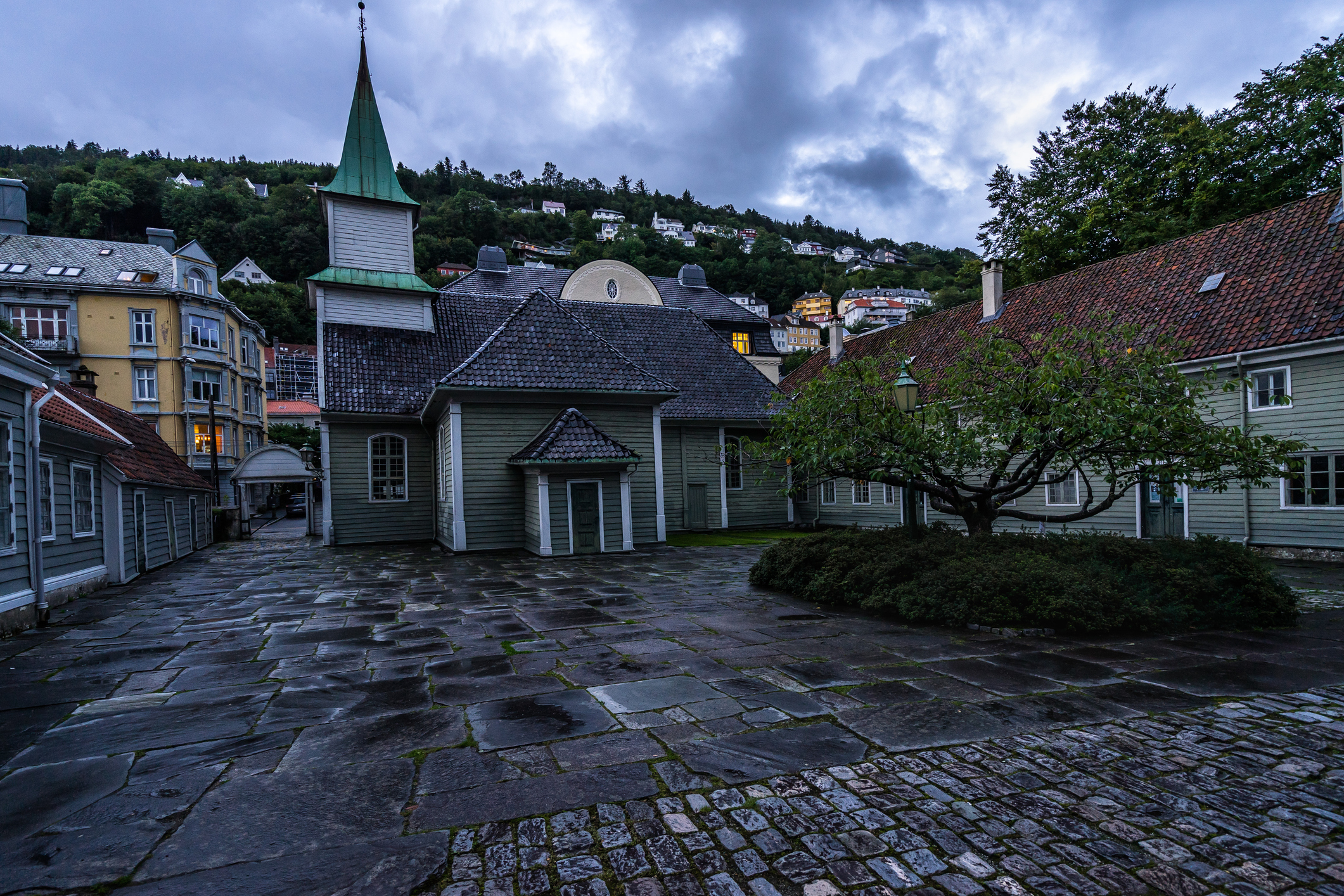On her writing blog Reena Saxena has provided the word ‘change’ as the word prompt for this week. In response I’ve written two vignettes about two individuals’ views of social and technological change.

Two Views of Change
Nepal, 1970
Under the declining evening sun, a lone man trudged along a dusty road towards the ancient city of Lalitpur in the Kathmandu Valley. Within the city was Patan Durbar Square, where were found the beautiful pagoda-style temples of brick and carved wood that the traveller longed to see. The traveller’s blonde hair was long and matted, and his brown robe was dirty with the dust of a long day of walking. He was no Nepalese sadhu or wandering ascetic. He was an Englishman named Bob, a hippy from London. He had an interest in Hinduism and Buddhism but was mostly interested in his own personal philosophy that he was still developing as he wandered through India and Nepal.
All change, all modernity is bad, thought Bob. Even modern medicine should be shunned, he thought, as a society cannot benefit from it without being burdened by the other aspects of modernity that are so empty and ugly.
He came to a tree by the side of the road. Beneath the tree sat a man, a beggar dressed in rags. Even in the fading light Bob could see that the man’s face was disfigured by nodules, that his eyebrows had fallen out, and that his nasal septum had collapsed resulting in a sunken nose. His crooked fingers feebly grasped a begging bowl and his lower legs, showing below his ragged trousers, were severely ulcerated.
Bob backed away in horror, but then he took a one-rupee coin from his wallet and tossed it into the man’s begging bowl. In a rasping voice the beggar said something that might have been ‘dhanyabad’ or ‘thank you’ in Nepalese. Bob went to the other side of the road and continued his walk to Lalitpur.
Leprosy, or Hansen’s Disease, is a mildly infectious disease caused by the bacteria Mycobacterium leprae. Affecting the skin and peripheral nerves of the patient, it can lead to severe deformities and extensive nerve damage if left untreated. The incubation period for M. leprae is long, being on average about five years although it can be as short as six months and as long as 30 years. If treated using modern antibiotic drugs, a leprosy patient is no longer infectious and can be completely cured of the disease. But any nerve damage caused by the disease is permanent.
Common throughout Europe during the Middle Ages, the disease declined in most European countries following the Black Death, the bubonic plague pandemic that swept through Europe between 1346 and 1353. Being dependent on public charity for their sustenance, the inmates of medieval leprosy hospitals would have been the first people to starve in the aftermath of the Black Death.
Leprosy remained common in remote parts of Europe where few or no deaths from the Black Plague had occurred. One of these countries was Norway, where leprosy was still a significant health problem in the nineteenth century. St. George’s hospital for lepers, now a leprosy museum, was founded in the Norwegian city of Bergen (see below), and in the same city the physician Gerhard Armauer Hansen first discovered Mycobacterium leprae in 1873. Leprosy died out in Norway in the twentieth century.

Nepal, 2010
Sunita, a 15-year-old girl, had come to Anandaban Hospital to receive treatment for leprosy. A month ago, she had noticed two patches of red skin on her right forearm, the discoloured skin being insensitive to touch. A doctor had told her that she had leprosy, but that she could be cured of the disease using multi-drug therapy (MDT). She would not have to suffer from the deformities that slowly destroyed the bodies of people with untreated leprosy.
Sunita was grateful for the treatment, and the fear that had been gripping her for a month had begun to recede. She looked forward to the time when modern medicine would destroy leprosy forever in Nepal. But even members of her family had begun to treat her differently now, avoiding her now that they knew that she had leprosy. She could only hope that the stigma attached to leprosy would also die out.
A contagious disease or one that requires intensive care actually cuts one off from the social milieu.
LikeLiked by 1 person
I got part of my information for this story from the Australian website Health Direct, which states that a leprosy patient ceases to be infectious once they start receiving antibiotic treatment, that they don’t have to be kept away from others during treatment, and that they don’t usually have to stay in hospital. In this story the beggar encountered by Bob has an advanced case of lepromatous leprosy, which develops if the patient has a low level of resistance to the bacteria and more bacteria are present in the body. According to the website of the Victorian Department of Health, he would have to be isolated until he had received antibiotic treatment. Sunita in this story has an early case of tuberculoid leprosy, which develops if the patient has a high level of resistance to the bacteria, and according to the same website she wouldn’t have to be isolated.
LikeLiked by 1 person
Thanks for sharing the knowledge you gain from multifarious sources!
LikeLiked by 1 person